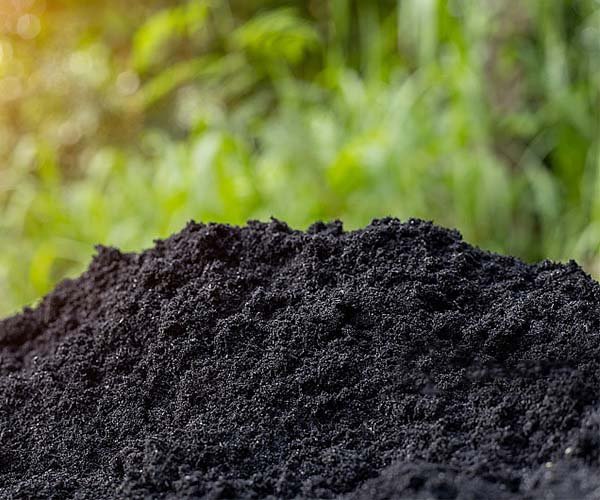In the domain of contemporary agriculture and organic farming, potassium humate and potassium fulvic acid have surfaced as key compounds, each fulfilling unique yet complementary roles in soil health and plant development. Although both originate from humic substances, it is crucial to differentiate between these two to effectively harness their distinct features and enhance agricultural productivity.
Potassium Humate
Potassium humate is obtained from the potassium salts of humic acid, primarily sourced from leonardite or lignite. It is renowned for its capacity to improve soil structure, enhance nutrient absorption, and stimulate microbial activity. Due to its large molecular size, potassium humate acts as a soil conditioner, binding to soil particles to enhance aeration, water retention, and root penetration—essential factors for robust plant growth. By forming stable complexes with vital nutrients, especially iron, potassium humate ensures these nutrients remain accessible to plants, minimizing leaching losses and promoting healthier growth.
Potassium Fulvic Acid
Potassium fulvic acid is a smaller, more mobile molecule, esteemed for its exceptional chelating properties and superior ability to mobilize nutrients within the soil. As a fraction of humic substances, fulvic acids are more readily absorbed by plant roots and foliage due to their smaller molecular size, facilitating the translocation of nutrients, including trace elements crucial for metabolic functions.
Additionally, potassium fulvic acid exhibits high biological activity, functioning as a natural biostimulant that enhances resilience against environmental stressors such as drought, disease, and extreme temperatures.
Apart from their distinct physical and chemical properties, the applications of potassium humate and potassium fulvic acid also differ.
- Potassium humate is mainly used as a soil amendment to improve the soil’s physical and chemical properties over time. With its benefits manifesting gradually, fostering long-term soil fertility and sustainability.
- Potassium fulvic acid is often applied as a foliar spray or fertigation agent, delivering immediate benefits by enhancing the plant’s physiological processes. This rapid impact makes it a preferred choice for addressing acute deficiencies and promoting quick recovery in plants.
When incorporated into an agricultural regimen, these compounds function synergistically: potassium humate improves soil conditions. While potassium fulvate acts as a catalyst for immediate nutrient uptake and stress resistance. Together, they promote a holistic approach to sustainable farming, enhancing both soil health and plant vitality.
Understanding the distinction and interplay between potassium humate and potassium fulvic acid allows farmers and agronomists to devise tailored strategies that utilize both compounds effectively, ensuring optimized growth, higher yields, and a more resilient agricultural ecosystem. The significance of such knowledge is paramount in the pursuit of sustainable and efficient farming practices.


